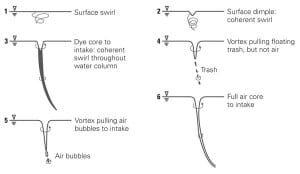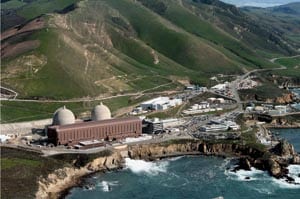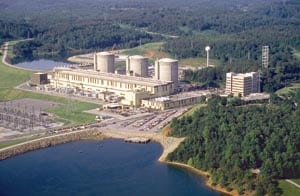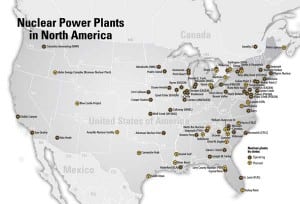Latest
-
Commentary
The Beat the Copenhagen Clock Game
U.S. Democrats in the White House and Congress are in an unseemly race to get something, anything, enacted into law before the December climate gab fest in Copenhagen. But it’s a fools’ game and unlikely to succeed.
-
Commentary
Is Learning to Regulate Like Learning to Cook?
What’s to learn about regulation from Julia Child and Michael Pollan, gurus of the food world? Plenty, says Scott Hempling of the National Regulatory Research Institute.
-
Commentary
Belt Out Your Best and Overcome Your Doubts
Don’t let your fears of inadequacy limit your ability to succeed in your life and career.
-
News
Time Flies
July 17, 1955, was the first time electricity generated by a U.S. nuclear power plant flowed into a utility grid. The experiment required Utah Power & Light to disconnect itself from the power lines to the 1,200 residents of Arco, Idaho, and plug in the Argonne National Laboratory experimental boiler water reactor, BORAX-III. The plant produced merely 2 megawatts for more than an hour, as planned, after which linemen reconnected the town’s grid to the utility. Since then, the U.S. nuclear industry has demonstrated excellence in operations, but more than 50 years after that first nuclear power supply, it is lagging far behind even developing nations in new construction.
-
-
O&M
Scale Model Testing Confirms Adequate Refueling Water Storage Tank Vortex Allowance
Recent Nuclear Regulatory Commission (NRC) Component Design Bases Inspection activities have scrutinized empirical approaches used to determine vortex allowances for emergency core cooling system (ECCS) suction sources.
-
Legal & Regulatory
Conn. v. AEP: Call for Congressional Action
In September, the Second Circuit Court of Appeals reversed the district court ruling in Connecticut v. American Electric Power ("Decision"), a lawsuit initiated by eight states, New York City, and environmental organizations against six power-generating utilities. The plaintiffs allege that carbon dioxide emissions from the defendants’ fossil fuel – fired power plants in 20 states are contributing to a public nuisance — climate change and global warming.
-
Nuclear
Top Plants: Diablo Canyon Power Plant San Luis Obispo County, California
Diablo Canyon Power Plant, which is situated in a postcard-perfect location on the central California coastline, generates electricity for more than three million households in central and northern California. In 2009 the project team at the dual-unit Westinghouse pressurized water reactor facility replaced four steam generators at Unit 1 in just 58 days. Through meticulous planning and excellent project execution, performance on this Unit 1 project was an improvement on the earlier Unit 2 steam generator replacement project.
-
Nuclear
Top Plants: Oconee Nuclear Station Oconee County, South Carolina
Duke Energy’s nuclear fleet provides electricity to approximately half of the utility’s customers in the Carolinas. The 2,538-MW Oconee Nuclear Station is part of that fleet and has been a pacesetter among U.S. nuclear plants since it began operation in 1973. In order to maintain the plant’s productivity and reliability, its staff implemented a comprehensive controls modernization project that spanned a decade. With its new state-of-the-art upgrades, the facility has become a leader in applying digital electronic technology in the nuclear power industry.
-
News
Map of Nuclear Power Plants in North America
For a larger version of this or other Platts maps appearing in POWER, please contact the Platts Store.





